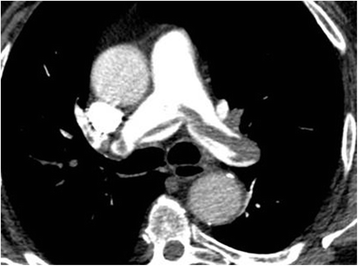Venous thromboembolism in the ICU: main characteristics, diagnosis and thromboprophylaxis
- PMID: 26283414
- PMCID: PMC4539929
- DOI: 10.1186/s13054-015-1003-9
Venous thromboembolism in the ICU: main characteristics, diagnosis and thromboprophylaxis
Abstract
Venous thromboembolism (VTE), including pulmonary embolism (PE) and deep venous thrombosis (DVT), is a common and severe complication of critical illness. Although well documented in the general population, the prevalence of PE is less known in the ICU, where it is more difficult to diagnose and to treat. Critically ill patients are at high risk of VTE because they combine both general risk factors together with specific ICU risk factors of VTE, like sedation, immobilization, vasopressors or central venous catheter. Compression ultrasonography and computed tomography (CT) scan are the primary tools to diagnose DVT and PE, respectively, in the ICU. CT scan, as well as transesophageal echography, are good for evaluating the severity of PE. Thromboprophylaxis is needed in all ICU patients, mainly with low molecular weight heparin, such as fragmine, which can be used even in cases of non-severe renal failure. Mechanical thromboprophylaxis has to be used if anticoagulation is not possible. Nevertheless, VTE can occur despite well-conducted thromboprophylaxis.
Figures
References
Publication types
MeSH terms
Substances
LinkOut - more resources
Full Text Sources
Other Literature Sources


